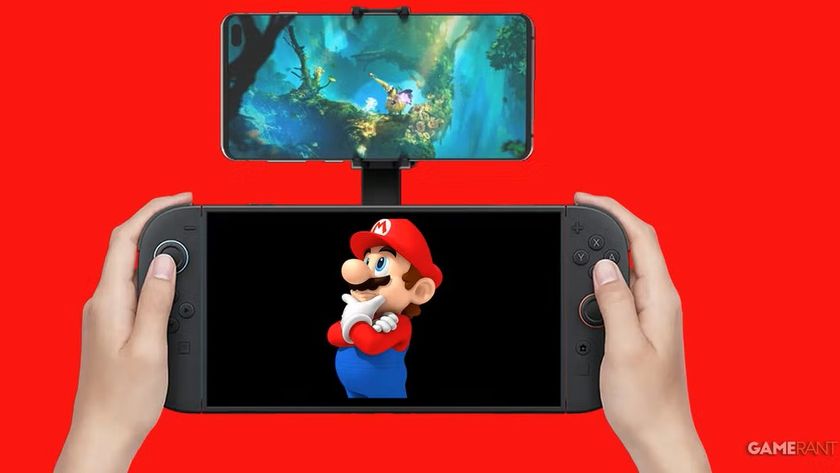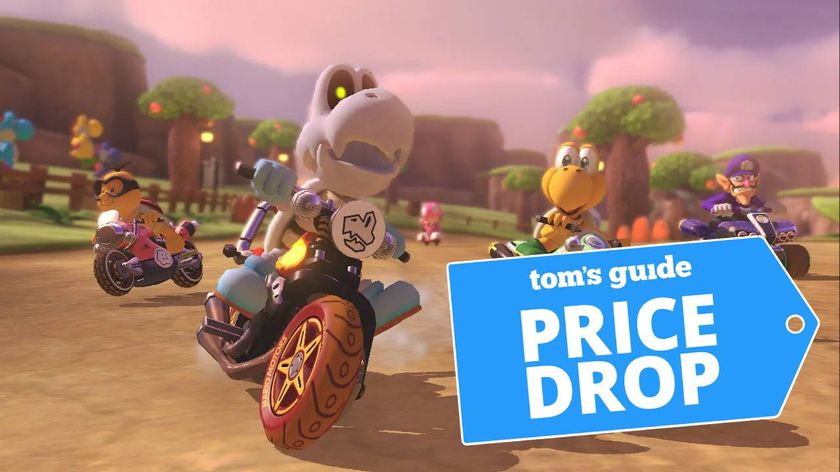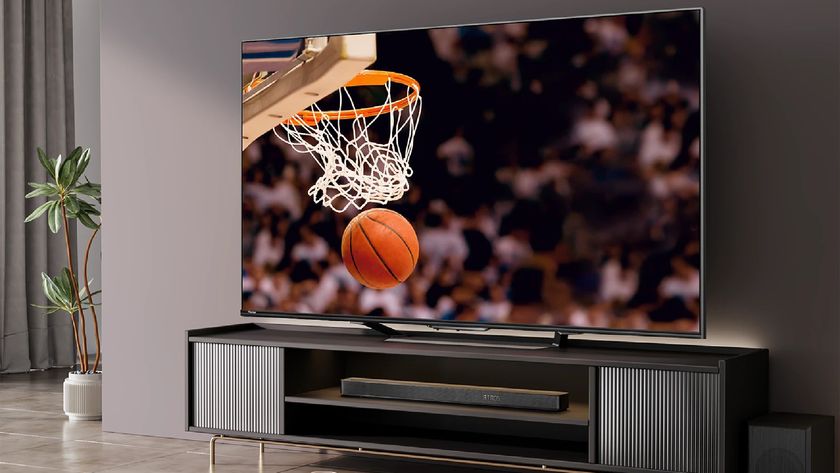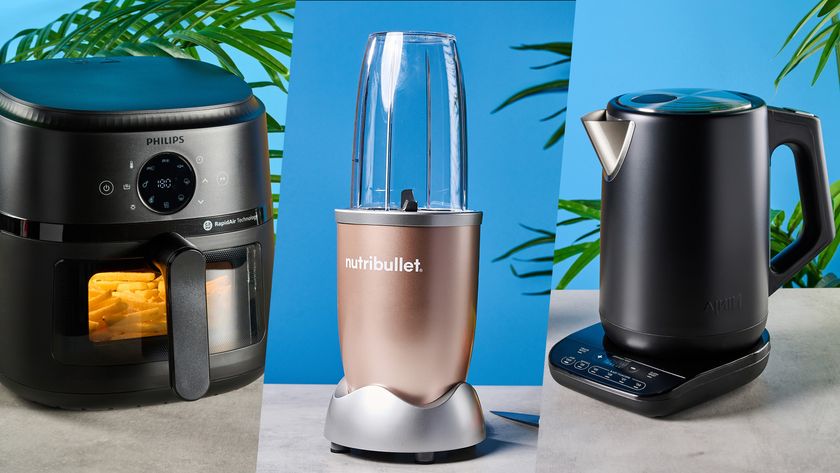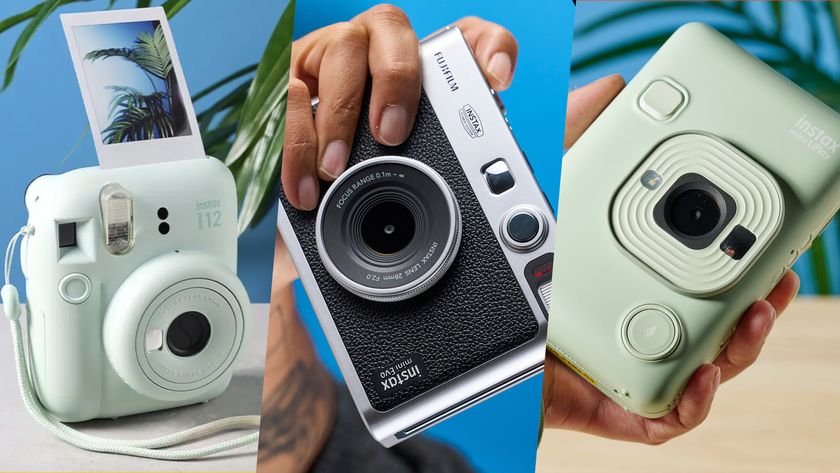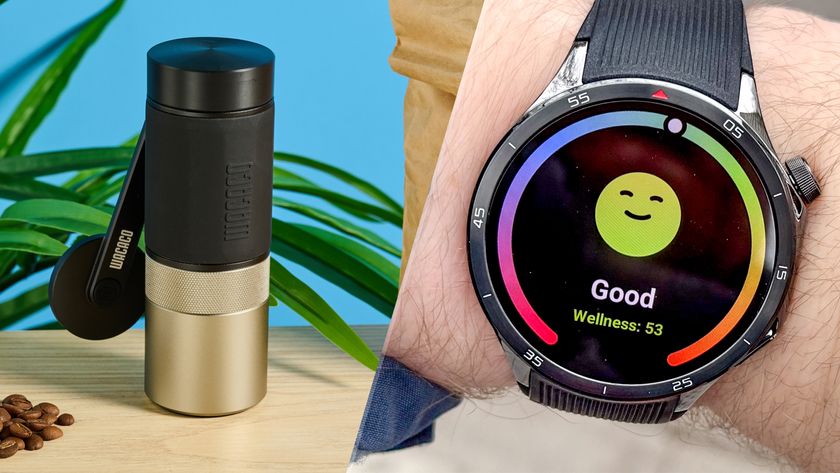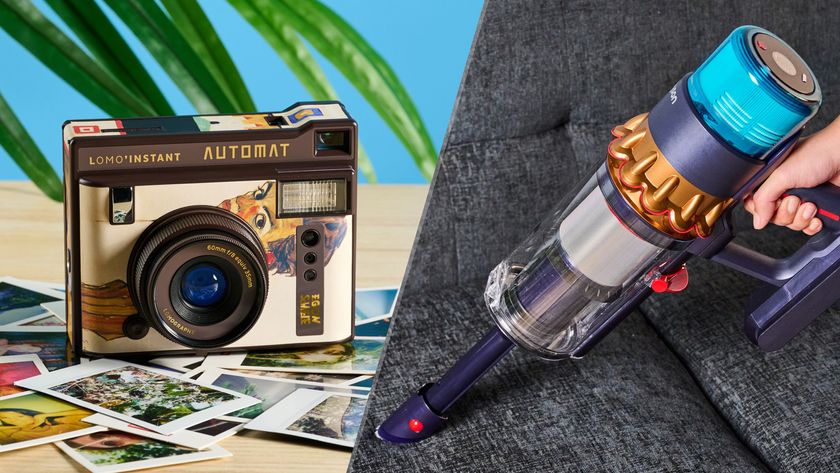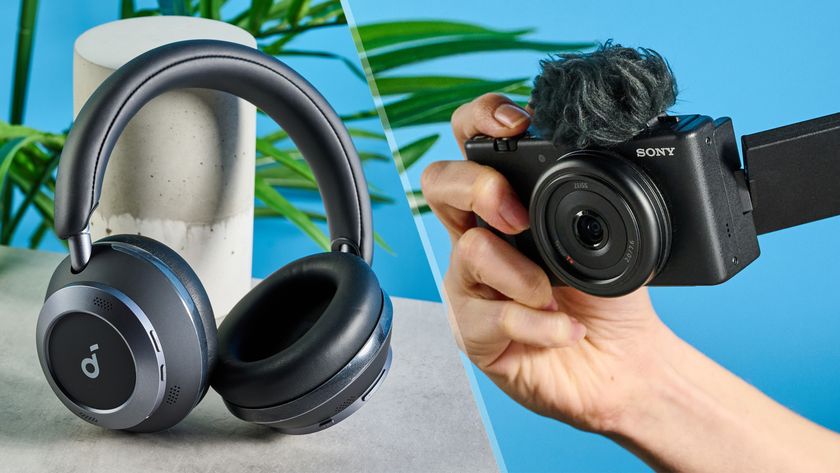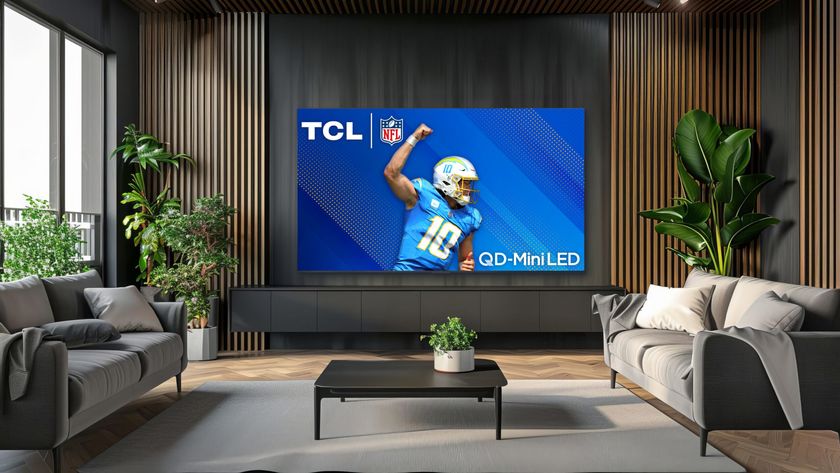Nintendo Labo Review Roundup: Quirky Cardboard Toys Will Win You Over
Here's what critics are saying about Nintendo's foray into home-assembled cardboard Switch accessories.
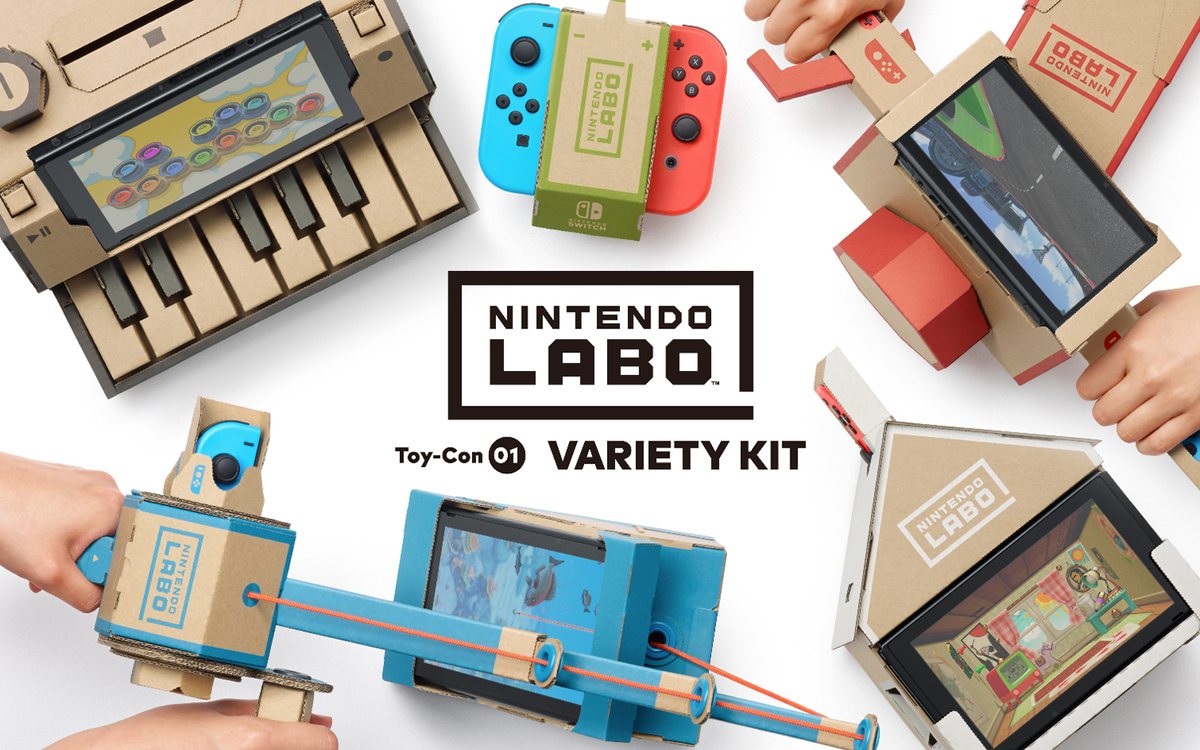
The first Nintendo Labo reviews are in, and critics are quite taken with the foldable cardboard experience that enhances the Switch. Not only is the setup process easy and intuitive, but the cardboard parts feel reliable and can be repaired if necessary.
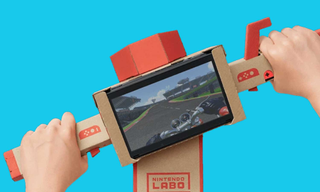
But as much as Labo delighted reviewers during the testing process, questions remained about how long these cardboard controller holsters will hold gamers' attentions. Here's what the critics are saying about Nintendo Labo:
The Verge
Why you can trust Tom's Guide
In his review for The Verge, Andrew Webster found joy in the creative process of building a Toy-Con, even while he noticed how one aspect of the Switch's hardware hinders the ease of creation.
"The ingenuity on display is impressive, and so is the way that Labo encourages you to understand it." — Andrew Webster, The Verge
The Good
"The process of creating a Toy-Con is both intuitive and entertaining. The Switch serves as an interactive instruction manual where you can tap through step-by-step instructions. The real object in your hands is represented on the screen in astonishing detail, and you can pan around and zoom in on the digital version to check it out from every angle."
"Since this is Nintendo, these features are also used in increasingly playful ways, and each Toy-Con has much more to it than it first seems. Take the simple RC car. It’s quick to build and easy to understand. But when you tap a button on the Switch screen, it opens up a new menu that lets you adjust the intensity of the vibration, and thus change the speed of the car. You can even see a live feed from the IR camera."
"The ingenuity on display is impressive, and so is the way that Labo encourages you to understand it. The repair tutorials are a great example of this. They show you how to fix common issues, but also help you pinpoint what the problems are in the first place. A tutorial might start with an unclear issue — nothing happens when I push this button — before giving you ways to figure out what exactly is wrong. Instead of just giving you specific fixes for specific problems, this system instead gives you an understanding of how things work so you can fix other problems by yourself."
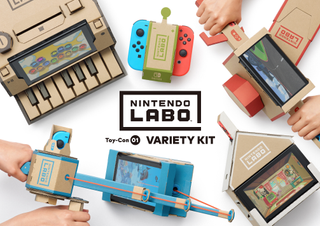
The Bad
"The only issues I had during the building process were due to the limitations of the Switch hardware. I found that the most natural way to create a kit was to prop the Switch up on a table or desk and then use a Joy-Con to flip through the instructions. … But there are two problems with this. One is that the Switch’s kickstand is notoriously flimsy, so it would fall over constantly over the course of a build. But what’s more annoying is that, in this mode, you can’t keep the system charged."
"So far, the only issues I’ve run into are a button on the piano that gets squashed when pressed too hard (I reinforced it with tape, and it works perfectly now) and a string popping out of the fishing rod after some intense sessions."
TIME
In her review for TIME, Lisa Eadicicco explains that you don't need to worry about the Labo cardboard's flimsiness, though she has a tip for Nintendo about its digital instruction manuals.
"Leave it to Nintendo to make following directions actually feel fun." — Lisa Eadicicco, TIME
The Good
Even after just a few minutes using Labo, it became evident that Nintendo paid careful attention to detail when creating these instructional videos. They’re written and illustrated so clearly that any player — young or old, crafty or not— can assemble even the most complex Toy-Cons with ease. If you’re following the instructions carefully, it’s very difficult to mess up a Toy-Con to a point at which it can’t be salvaged.
"The cardboard itself is also sturdier and tougher than it looks. In fact, it took me a little while to just go for it and fold along the crease lines the way Nintendo demonstrates in its video, because I was worried about tearing or ripping it, which was never an issue."
"Perhaps just as importantly, the videos are fun, cute, and colorful. The delights are all in the details: the zipper sound that reminds you to fold along the creases, the nicknames Nintendo uses for certain pieces (the three parts of the fishing rod are called Papa Bear, Mama Bear, and Baby Bear), and the way the Toy-Con components bounce up and down like a trophy earned in a game when you’ve finished building them. Leave it to Nintendo to make following directions actually feel fun."
The Bad
"I only wish Nintendo made it possible to take a closer look at each individual step for Toy-Cons that you haven’t assembled yet. I was only able to jump ahead to later chapters once I had already completed a project. While you can view the name of each step at any time during the tutorial, you can’t actually access those videos until you reach the corresponding point in the building process."
"My other concern is that once a child is finished building a Toy-Con, it’s possible that they could lose interest fairly quickly. The way these Toy-Cons use the Joy-Cons and the Switch to operate is fascinating and certainly a testament to the company’s creativity. But Nintendo may need to continuously update the Play section of the Labo with more games and activities to hold a child's attention."
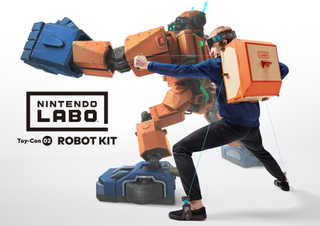
Yahoo
At Yahoo, Daniel Howley marvelled at the ingenuity of the setup process, and how Labo takes advantage of a Joy-Con feature you may not be aware of. He also highlights the Toy-Con Garage, a slightly hidden feature that allows users can create their own experiences.
The Good
"Not only does the app tell you which pieces to use for each step of the building process, ensuring you don’t end up with have a floor covered in cardboard, it also includes a video detailing how to properly assemble each segment complete with a wisecracking narrator. What’s more, the videos are fully interactive, so you can rotate each scene to see it from every possible angle. Not quite sure if you folded a piece the right way? Just rewind the video, and swipe to get a better look."
"What was different was the number of small white stickers I needed to attach to the various piano keys and knobs. The stickers are vitally important to the setup, as the infrared camera on the end of the Joy-Con you plug into the piano’s rear read them and tell the Switch which note to play. Each time you press a key, it springs up above a bar inside the piano, just high enough for the camera to see. It then translates the position of that sticker into a specific note. It’s a impressive use of the Joy-Con."
"Nintendo’s Labo marries the simplicity cardboard with high-tech sensors to create something truly wonderful. Constructing each Toy-Con project is as relaxing as building a Lego set, while the Labo software makes each kit unique and entertaining onto itself. The addition of the ability to craft your own Toy-Con Garage programs only adds to Labo’s staying power."
The Bad
"I enjoyed building and using the Toy-Con Variety Kit, but it might not hold adult gamers’ attention for too long. It’s more for the younger Minecraft obsessed gamer who wants to build and play at the same time."
CNET
In his review for CNET, Scott Stein gushed about his favorite Labo creations, and explained how these simple games have surprising depth.
"The Robot kit mainly involves transporting yourself into the body of a mech robot, which works so impressively that it's almost worth considering on its own." — Scott Stein, CNET
The Good
"The motorcycle game feels like Excitebike in a very simplified set of tracks and challenges, with extra track-creator modes. Piano and the House are like creative toys. The piano not only moves its cardboard keys and plays real notes, but a handful of extra pop-in cardboard dials change the instruments, shift the octave, and play/teaches a handful of tunes. A Studio mode adds recording and customized instrumentation, but I barely dipped my Labo toes into that one."
"The Robot kit mainly involves transporting yourself into the body of a mech robot, which works so impressively that it's almost worth considering on its own. The backpack's got four cords that attach to hand grips and foot stirrups, plus a flip-down visor that shifts between a wide-view of the robot and a first-person view. It feels like Pacific Rim, in Nintendo form."
"I've already read tips on how to repair broken-down cardboard parts on the little buzzing RC bugabot "car," gone through several walkthroughs on how the Joy-Con's IR camera recognizes reflective stickers, and discovered tips to games I thought I had figured out. I've only played for a week, but knowing Nintendo's game design tendencies, I'm expecting extra surprises to keep being unlocked. But I don't know how deep it all is yet, because I haven't 'finished' what's available."
The Bad
"Nintendo's included software, on a physical game card, has tips to repair broken construction projects, but no clear advice on how to buy a replacement piece."
"Some parts get repetitive. My son gave up after a bit and let me take over (or maybe I just took over, and he let me)."
Pocket Lint
Pocket Lint's Stuart Miles echoed the worries of other reviewers, who pondered how long the Labo toys will hold your interest.
"If you prefer something more structured though, ... we're a little worried that you might tire of this before you've even built the controller to get you started." — Stuart Miles, Pocket Lint
The Good
"Each model comes with a set of dedicated tutorials all displayed on the Switch and these can be taken at your own speed. Get the hang of a series of repeated steps and you can skip through, while complicated steps can be rewound and played back. It's all very intuitive."
"The fishing game is mesmerizing as you're encouraged to catch bigger and bigger fish for your aquarium. Dropping a line into the game and then reeling it back with your catch. And that's before you experiment with the option to make your own fish with the piano, yes, it really is that crazy at times."
The Bad
"All of the kits are amazingly innovative and, at times, so bonkers that it can be confusing, but beyond the first 10 minutes may have you scratching your head as to what to do next."
"If you prefer something more structured though, at this stage we're a little worried that you might tire of this before you've even built the controller to get you started."
Sign up to get the BEST of Tom's Guide direct to your inbox.
Get instant access to breaking news, the hottest reviews, great deals and helpful tips.

Henry is a managing editor at Tom’s Guide covering streaming media, laptops and all things Apple, reviewing devices and services for the past seven years. Prior to joining Tom's Guide, he reviewed software and hardware for TechRadar Pro, and interviewed artists for Patek Philippe International Magazine. He's also covered the wild world of professional wrestling for Cageside Seats, interviewing athletes and other industry veterans.
